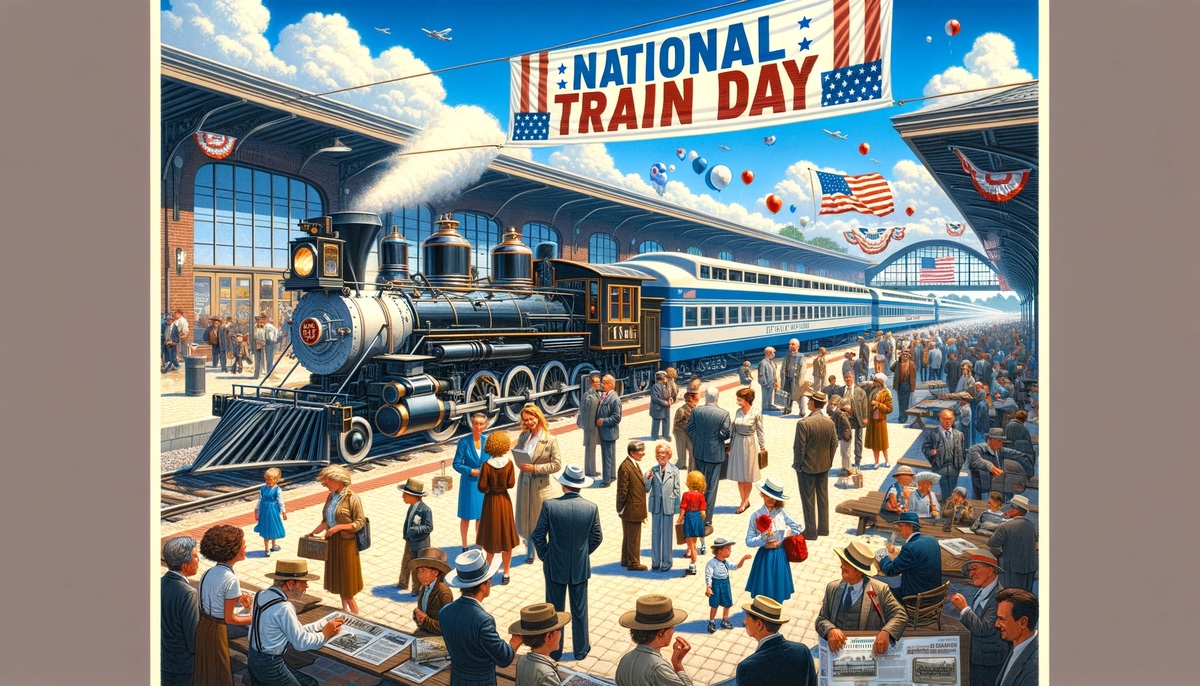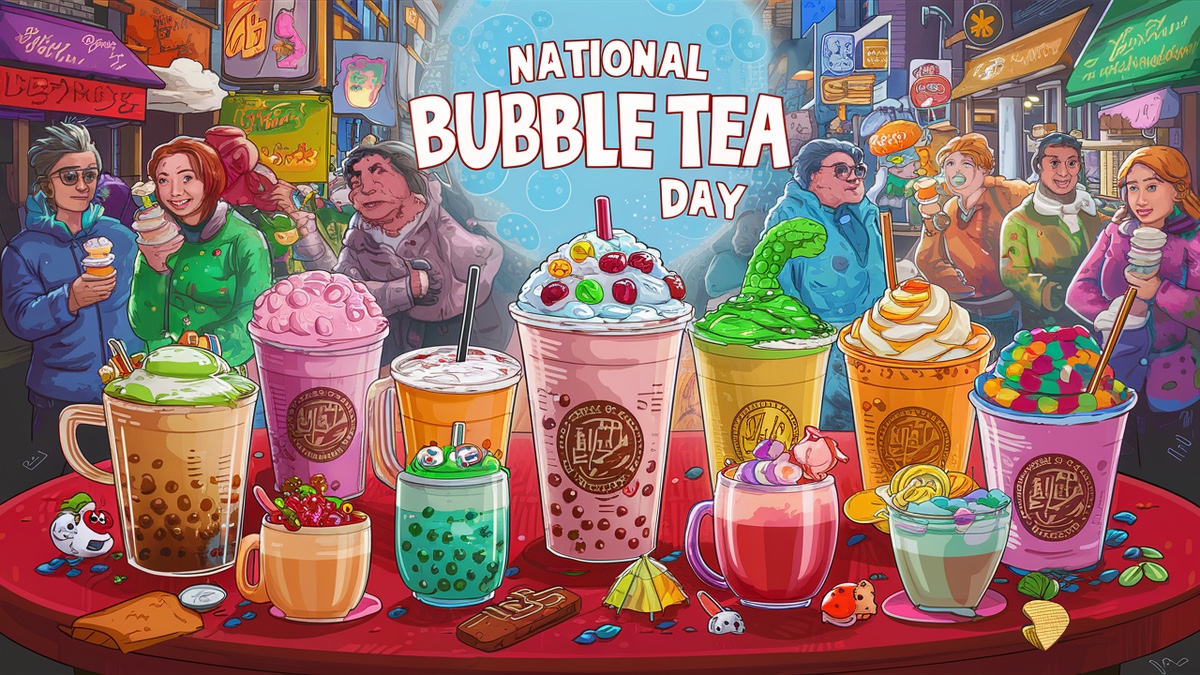National Train Day, initiated by Amtrak in 2008, was more than just a holiday; it was a vibrant celebration of America’s rich railway heritage and an invitation to explore the wonders of rail travel. Imagine a day dedicated to sparking public curiosity and appreciation for the romance and efficiency of train journeys, intertwined with a journey back in time to America’s railway history.
The event was strategically scheduled each year on the Saturday closest to May 10th. Why May 10th? This date holds historical significance as the day when the Golden Spike was driven into the ground at Promontory, Utah in 1869. This momentous event symbolized the completion of the first transcontinental railroad in the U.S., a monumental feat that revolutionized the nation’s landscape and economy.
The celebrations were nothing short of spectacular. Major Amtrak stations and railroad museums across the country turned into bustling hubs of excitement and activity. Visitors could step into the past by exploring vintage passenger cars, or marvel at intricate model railroad layouts that captured the imagination of both young and old. It was like walking through a living museum, where every exhibit told a story of innovation, adventure, and the unifying power of the railroad.
The biggest spectacles occurred in cities like Washington, D.C., Philadelphia, Chicago, and Los Angeles. These events were not just gatherings but grand festivals celebrating the locomotive spirit. From the chug of the engines to the whistle of the trains, every sound evoked a sense of nostalgia and wonder.
However, like all good things, National Train Day came to a close. After 2015, due to budgetary constraints within Amtrak, this delightful celebration was discontinued. But the memories of National Train Day live on, reminding us of the time when the nation came together to honor the iron horses and steel rails that helped build and connect America.



